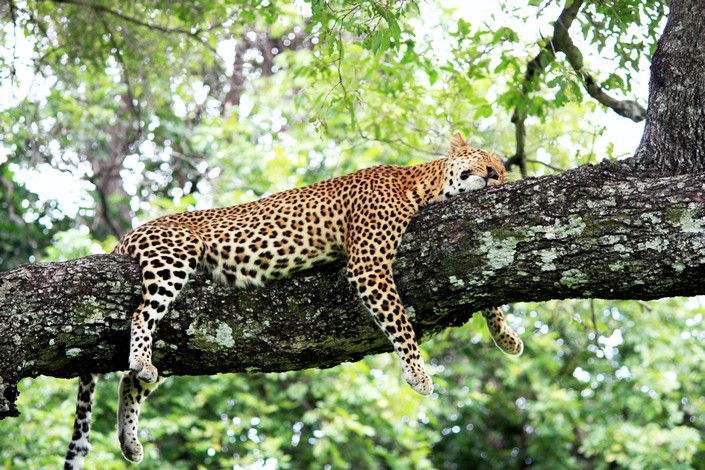Officially known as ‘the Kingdom of Swaziland’, and at times referred to as ‘Ngwane’ or ‘eSwatini’, Swaziland is located in Southern Africa. The nation and its people were both named after King Mswati II of the 19th century. Swaziland is bordered on all sides by Mozambique, making it landlocked, and despite it being one of Africa’s smallest countries it is well-known for its wonderful reputation of friendly and hospitable locals. The region also holds numerous game parks and reserves that are sponsored by the government, and have proven to be very popular tourist destinations.
Swaziland is one of the last remaining monarchies in the world, and is renowned for its civility and peace. The country only stretches 200 kilometres north to south, and 130 kilometres east to west, but contains four administrative districts (Hhohho, Lubombo, Manzini, and Shiselweni). The western section of the land is covered in mountains, sloping to a lowveld area in the east. The eastern border is defined by the magnificent Lebombo Mountain escarpment. The climate is usually pleasant, but can reach up to 40 degree Celsius during the summer months, with rain also falling mostly in the summer.
Today, the population of the country is mostly ethnic Swazis whose first language has changed from purely siSwati to a mixture of siSwati and English. The Swazi folk descend from the southern Bantu who migrated from central Africa during the 15th and 16th centuries. Swaziland was under the authority of the United Kingdom during the Anglo-Boer War, but eventually gained independence in 1968. Since then, the country has become a member of the Southern African Development Community, the African Union, and the Commonwealth of Nations.
Three quarters of Swaziland’s population practise subsistence farming, whilst a little more than half survive on extremely little. The main Swazi social unit is the homestead, which is a traditional beehive thatched with dry grass. In a homestead that is polygamous, each wife has access to her own hut and yard, enclosed by reed fences. There are also structures for sleeping, cooking and storage (used to brew beer in). Some of the bigger homesteads even contain bachelors’ quarters or guest rooms.
Most essential to the traditional homestead is the cattle byre, a circular space enclosed by big logs that are interspersed with branches. This is for the sake of practicality, as well as a store of wealth and sign of status. Inside the byre are grain pits, and facing the byre is a large hut in which the mother of the headman dwells. The headman is vital to all situations involving the homestead, and he is typically polygamous. He sets the example for the rest of the tribe and advises his wives on social affairs of the home, as well as overlooks the overall survival of the family.
The most significant cultural happening in Swaziland is the Incwala ceremony, which is held on the fourth day after the full moon nearest to 21st December (the longest day). Incwala is usually translated into English as ‘first fruits ceremony’, but the King’s sampling of the new harvest is only one aspect in this long-held tradition. Incwala is best translated as ‘Kingship Ceremony’ (when there is no King, there is no Incwala). With so much intriguing culture, fascinating history and beautiful landscapes, Swaziland should definitely be on your list of ‘places to visit in Africa’.





0 Comments